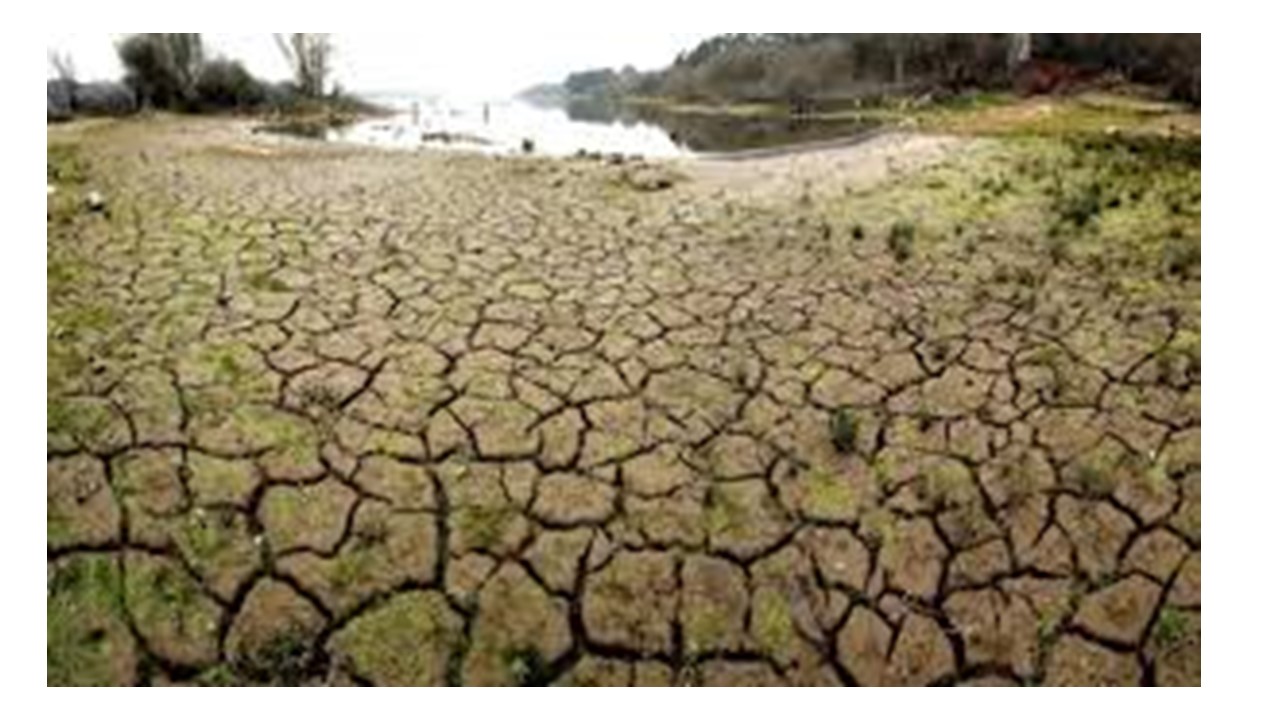2023 the driest year in the history of the Panama Canal
Amid growing concern about the operation of the Panama Canal, several significant challenges have arisen.
Recently, the Canal announced that starting next January it will increase daily transits to 24 to benefit its customers.
Currently, the waterway registers the passage of 22 vessels a day, composed of six neopanamax and 16 panamax. This decision is due to restrictions imposed by the conditions of Gatun Lake, which has unprecedented minimum levels for this time of year. The shortage of water in the lake is attributed to the drought caused by the El Niño phenomenon.
Ilya Espino de Marotta, deputy administrator of the Panama Canal, indicated that it is known that the summer of 2024 will not improve, being the first time that the Canal has reduced its traffic number to have a "competitive" draft.
According to the engineer, every summer adjustments are made to the draft for Canal customers, who are already familiar, but on this occasion, the draft reduction has remained at 44 feet for almost all of 2023.
“Usually this time of year we give 49 to 50 feet. The intention to reduce transits is to maintain a draft of 44 feet and we think that, at least until February, with 24 transits a day it can be maintained. We would have to see how we make this transfer from Alajuela to Gatún with all the water-saving measures that we are taking if we can maintain that 24 until May or if we will have to reduce again," she said.
The average transit through the Canal is 36 to 38 ships per day. October 2023 was the driest month in the history of the Canal Basin. Anticipating the possibility of a worsening of the situation in November and December, it was decided to gradually adjust the number of daily transits to 24 in November, 22 in December, 20 in January and 18 in February.
INCOME DOWN
“Income per ton will ultimately decrease. That is an income that is made monthly, depending on the volume of tons that enter through the Canal. By reducing the number of transits and not being able to come up with the highest draft, that is reduced. However, the final income of the year is being compensated in some way by the auctions that have increased a little in cost compared to the traditional one because there are fewer quotas,” she said.
According to Espino, 2023 is the driest year in the history of the Canal, the first being in 1997. In 2019, a dry year was also recorded, however, it is not compared to that recorded in 2015, 2023, and 1997.
